Optimization Classification Research Based on Laser Scanning Point Cloud Reflectance Intensity Correction
DOI: 10.23977/jeis.2023.080203 | Downloads: 24 | Views: 1333
Author(s)
Wenchao He 1, Chenghui Wan 1, Yang Cheng 1, Ruifan Li 1, Jundi Zhang 1
Affiliation(s)
1 School of Hydraulic and Ecological Engineering, Nanchang Institute of Technology, Nanchang, Jiangxi, 330099, China
Corresponding Author
Chenghui WanABSTRACT
The laser intensity information of 3D terrestrial laser scanning point cloud is very important for target classification, but the effect of classification is not ideal because of the influence of reflection material, incident angle and distance. In this paper, the intensity of point cloud is obtained by scanning the experimental wall surface with a 3D terrestrial laser scanning. By using the method of comparative analysis, the normal vector of point cloud is estimated by using k-nearest neighbor points on the wall surface for each area, and the laser scanning incidence angle is calculated. The influence of reflection material, incident angle and distance on laser intensity is analyzed by regression. Through the polynomial regression analysis of scanning distance and laser intensity, the optimized parameters are obtained to correct the laser intensity, and the corrected laser intensity is used to classify the point cloud. The results show that the point cloud laser intensity can be corrected according to the polynomial regression analysis of laser ranging data, and the corrected point cloud laser intensity has a good classification effect.
KEYWORDS
Laser intensity, 3D terrestrial laser scanning, point cloud normal vector estimation, point cloud classificationCITE THIS PAPER
Wenchao He, Chenghui Wan, Yang Cheng, Ruifan Li, Jundi Zhang, Optimization Classification Research Based on Laser Scanning Point Cloud Reflectance Intensity Correction. Journal of Electronics and Information Science (2023) Vol. 8: 13-19. DOI: http://dx.doi.org/10.23977/10.23977/jeis.2023.080203.
REFERENCES
[1] Yang Bisheng, Liang Fuxun, Huang Ronggang. Research progress, challenges and trends of 3D laser scanning point cloud data processing. Journal of Geodesy and Geoinformation Science, 2017, 46(10): 1509-1516.
[2] Tan Kai, Cheng Xiaojun. Adaptive Unsupervised Classification of Terrestrial Laser Point Clouds Based on Intensity Data. Laser & Optoelectronics Progress, 2016, 53(03): 240-246.
[3] Wu Yonghua, Hu Yihua, Gu Youlin, Wang Enhong. Discussion and Prospect of Laser Point Cloud Classification Algorithm. Papers of the 9th National Optoelectronic Technology Academic Exchange Conference (Volume I), 2010: 152-156.
[4] Song J.H., Han S.H., Yu K., eta. Assessing the possibility of landcover classification using lidar intensity data. International Archives of Photogrammetry Remote Sensing and Spatial Information Sciences, 2012, 34(3/B): 259-262.
[5] Coren F., Sterzai P. Radiometric correction in laser scanning. International Journal of Remote Sensing, 2006, 27 (15): 3097-3104.
[6] Li Jian, Yao Liang. Terrestrial Laser Point Cloud Semantic Segmentation Based on Multi-Feature Depth Learning. Science of Surveying and Mapping, 2021, 46(03): 133-139+162.
[7] Zhao Xiaoxiang, Huang Liang. Park Arbor Detection Method Based on Point Cloud Intensity. Beijing Surveying and Mapping, 2020, 34(03): 292-295.
[8] Cai Yue, Xu Wenbing, Liang Dan, Li Chong, Chen Zuo. The Influence of Different Factors on the Precision of Terrestrial 3D Laser Scanning Point Cloud. Laser & Optoelectronics Progress, 2017, 54(09): 364-373.
[9] Xia Guofang, Hu Chunmei, Cao Bizheng, Li Tianshuo. Study on the Effect of Laser Incident Angle on the laser intensity of Point Cloud. Laser Journal, 2016, 37(04): 11-13.
[10] Tan Kai, Cheng Xiaojun. Influencing Factors and Correction Methods of Laser Intensity Values in Terrestrial Laser Scanning. Science of Surveying and Mapping, 2014, 39(09): 98-101+120. DOI: 10.16251/j.cnki. 1009-2307. 2014.09.019.
| Downloads: | 13504 |
|---|---|
| Visits: | 565763 |
Sponsors, Associates, and Links
-
Information Systems and Signal Processing Journal

-
Intelligent Robots and Systems

-
Journal of Image, Video and Signals
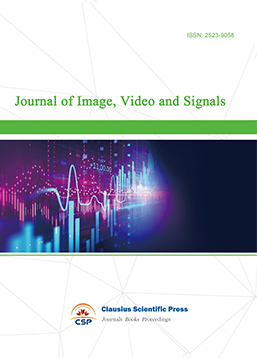
-
Transactions on Real-Time and Embedded Systems
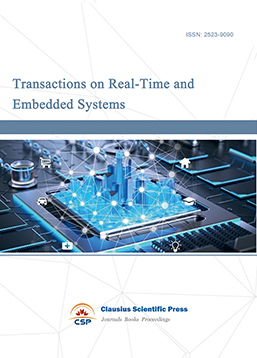
-
Journal of Electromagnetic Interference and Compatibility
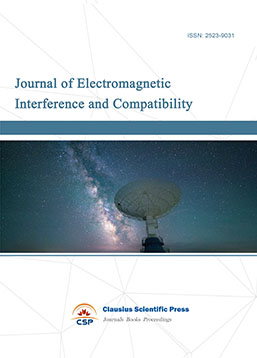
-
Acoustics, Speech and Signal Processing
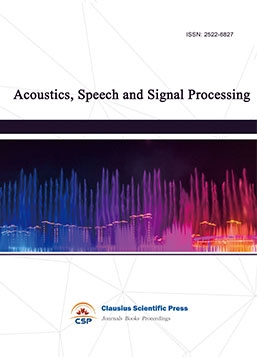
-
Journal of Power Electronics, Machines and Drives
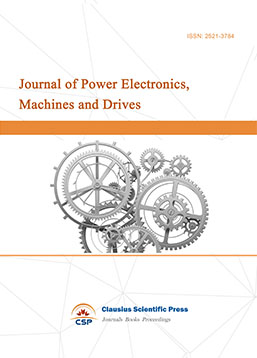
-
Journal of Electro Optics and Lasers

-
Journal of Integrated Circuits Design and Test
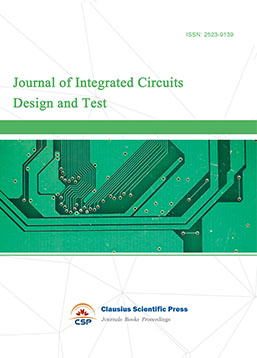
-
Journal of Ultrasonics
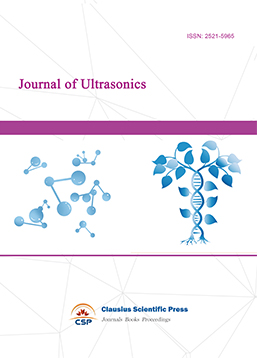
-
Antennas and Propagation
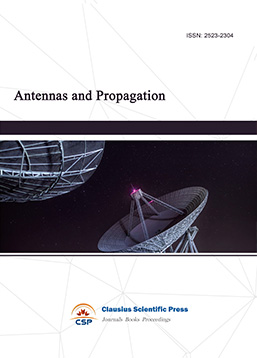
-
Optical Communications
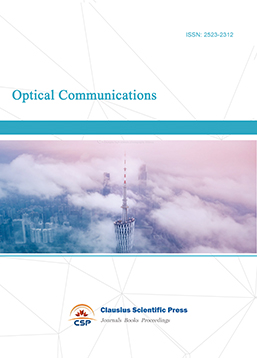
-
Solid-State Circuits and Systems-on-a-Chip
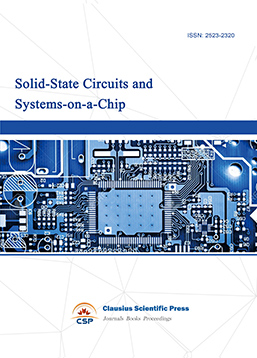
-
Field-Programmable Gate Arrays

-
Vehicular Electronics and Safety
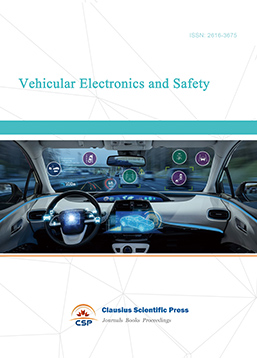
-
Optical Fiber Sensor and Communication
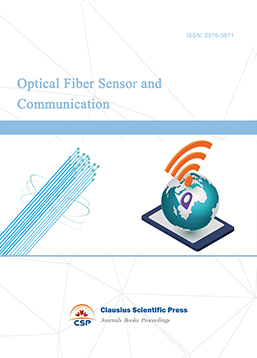
-
Journal of Low Power Electronics and Design
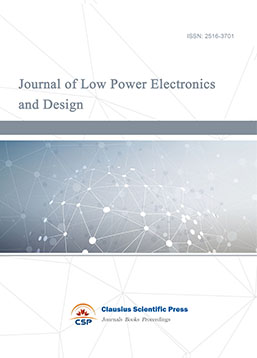
-
Infrared and Millimeter Wave
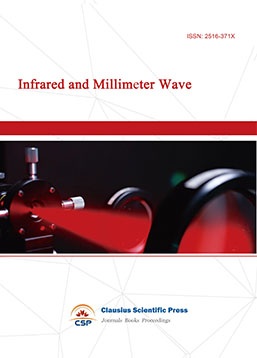
-
Detection Technology and Automation Equipment
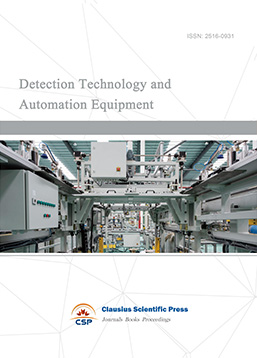
-
Journal of Radio and Wireless

-
Journal of Microwave and Terahertz Engineering
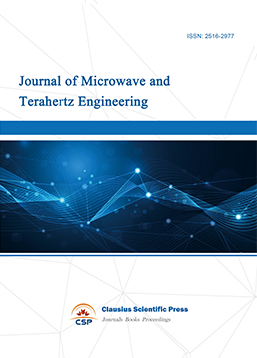
-
Journal of Communication, Control and Computing
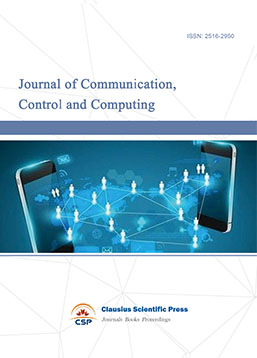
-
International Journal of Surveying and Mapping
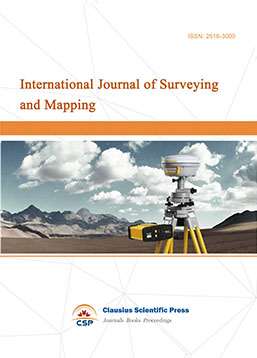
-
Information Retrieval, Systems and Services
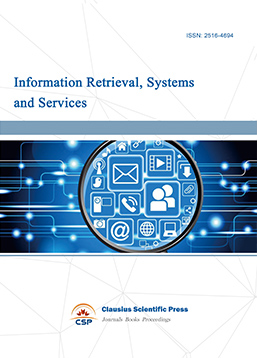
-
Journal of Biometrics, Identity and Security

-
Journal of Avionics, Radar and Sonar
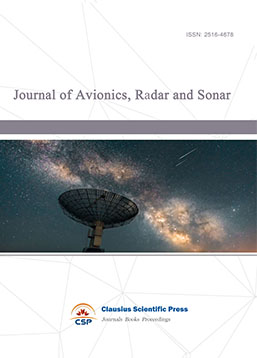

 Download as PDF
Download as PDF